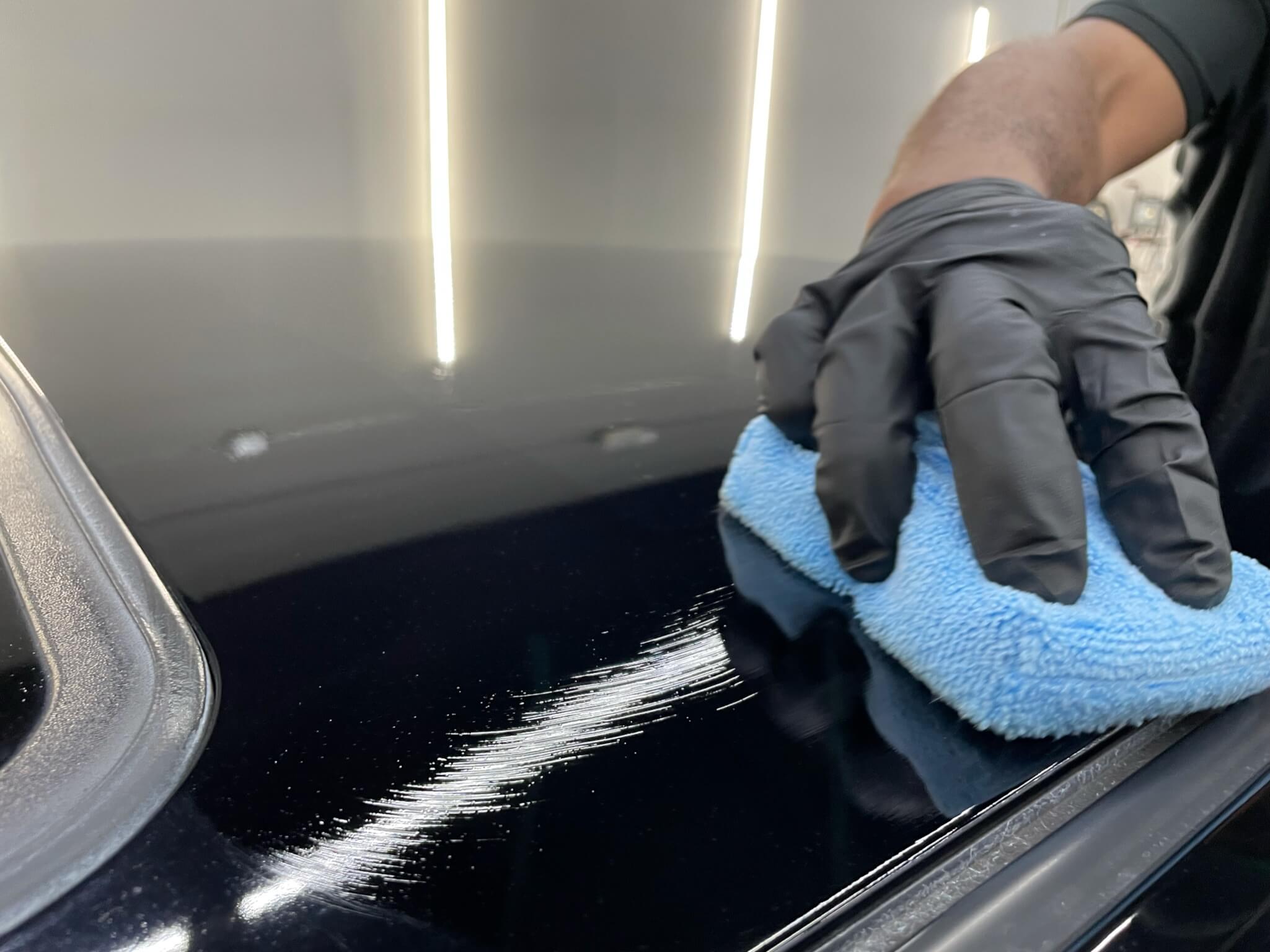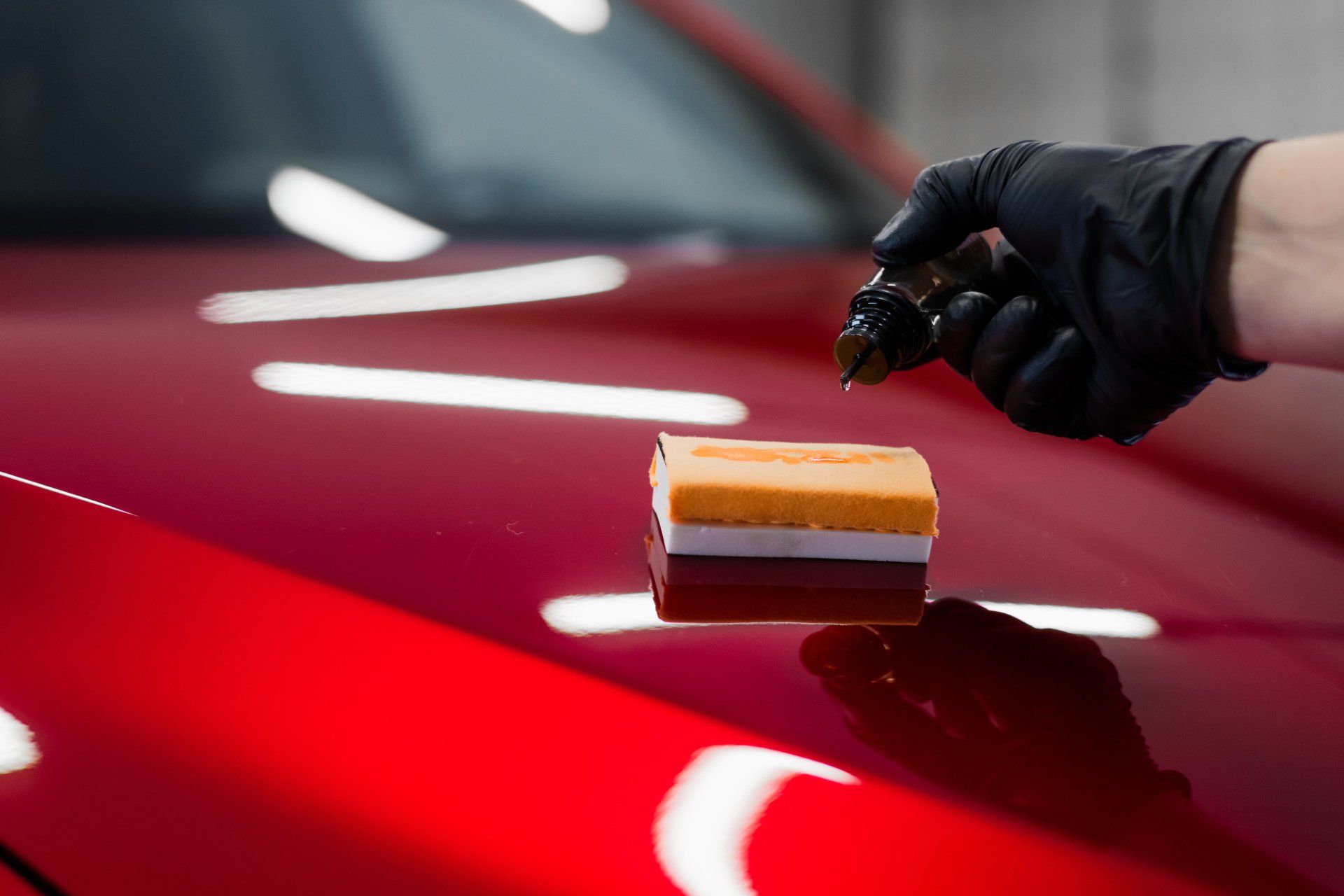Experience Superior Protection With Ceramic Coatings: an Extensive Overview
Ceramic coatings have become a sophisticated service for those looking for boosted security for automotive and commercial surfaces. Comprised primarily of silicon dioxide, these layers create a resistant, hydrophobic barrier that not just guards against ecological dangers such as UV rays and chemical direct exposure yet also substantially minimizes the frequency of maintenance. As we check out the diverse advantages, application techniques, and just how they compare to typical alternatives, it comes to be noticeable that the investment in ceramic layers might redefine your approach to surface area security. What elements of this technology might shock you?
What Are Ceramic Coatings?
Ceramic coatings are advanced safety layers put on surfaces, mostly in commercial and auto applications, to enhance durability and resistance to environmental elements. Made up of silicon dioxide (SiO2) originated from all-natural products, these finishes form a strong, hydrophobic layer that bonds chemically with the substrate, producing a durable guard versus different assailants such as UV rays, chemicals, and physical abrasions.
The application process typically involves complete cleaning and prep work of the surface, followed by the exact application of the ceramic layer. When treated, the layer sets right into a resilient layer that can substantially extend the lifespan of the surface area it protects. Unlike traditional waxes or sealants, ceramic coverings use a lasting solution that needs very little maintenance.
These layers are not limited to automobile finishes; they are likewise made use of in aquatic, aerospace, and commercial settings, where they supply considerable benefits in terms of performance and durability. Their versatility and effectiveness in guarding surfaces against deterioration make ceramic finishings an increasingly prominent option for both specialists and fanatics looking for to keep the integrity and look of useful assets.
Advantages of Ceramic Coatings

Moreover, ceramic coatings exhibit outstanding hydrophobic buildings, allowing water and various other fluids to bead up and roll off surfaces - Orlando Car Care Ceramic Coatings. This self-cleaning impact considerably decreases the moment and effort needed for maintenance, as dust and crud are much less most likely to adhere. Furthermore, ceramic finishings are resistant to engraving and scraping, which even more protects the stability of the underlying surface area
Another critical advantage is the thermal resistance provided by ceramic finishings, which can stand up to heats without weakening. This top quality is especially advantageous for vehicle applications, where engine parts and exhaust systems go through extreme warmth.
Application Process Described
Achieving ideal results with ceramic layers calls for a careful application procedure that ensures correct attachment and efficiency. For automobile applications, paint correction may be required to resolve imperfections, making sure the surface area is as perfect as possible.
Once the surface is prepared, it is necessary to use the ceramic layer in a controlled environment, ideally in a garage or shaded area to avoid straight sunlight and dust. Using a foam applicator or a microfiber fabric, the layer ought to be used uniformly in tiny areas, enabling ideal control throughout application. A curing time of approximately one to 2 hours is advised before exposing the surface to wetness.
After the preliminary treating, multiple layers might be put on enhance longevity and gloss, with each layer requiring adequate curing time. It is critical to examine the surface for any type of high spots or uneven application and to rub these locations as essential, making sure a perfect coating that maximizes the safety benefits of the covering.
Upkeep Tips for Long Life
Proper upkeep is vital to taking full advantage of the durability of ceramic layers, making sure that the safety layer remains to carry out efficiently with time. Normal washing is critical; make use of a pH-balanced, gentle soap and a microfiber wash glove to stay clear of scratching the surface. It is a good idea to wash the car every two weeks or even more frequently if revealed to rough aspects.
After cleaning, extensively completely dry the surface area with a tidy microfiber towel to avoid water spots. Furthermore, applying a ceramic maintenance spray every few months can renew the coating's hydrophobic residential properties, improving security against contaminants.
Prevent using unpleasant cleansing devices, waxes, or sealants that may degrade the ceramic layer. Instead, select non-abrasive items especially designed for ceramic coverings.
Examine the layer periodically for any indications of wear or damages, and address these concerns immediately to maintain ideal performance.
Comparing Ceramic Coatings to Alternatives
Maintaining ceramic finishes is just one aspect to think about when reviewing safety choices for automobile surfaces. When contrasting ceramic layers to options such as wax, sealers, and paint security films, several click this site essential aspects emerge.

Paint defense films (PPF) are an additional prominent option, giving exceptional physical security against scrapes and chips. Nonetheless, they can be a lot more expensive and might require specialist installment, unlike ceramic layers, which can often be applied by a knowledgeable DIY lover. Additionally, ceramic coatings improve the automobile's gloss and deepness, supplying aesthetic benefits that choices may not match.
Final Thought
In final thought, ceramic finishings stand for a significant development in surface area protection for commercial and automobile applications. With marginal maintenance requirements and lasting performance, ceramic coatings not only safeguard the integrity of surfaces yet likewise improve their visual allure.
